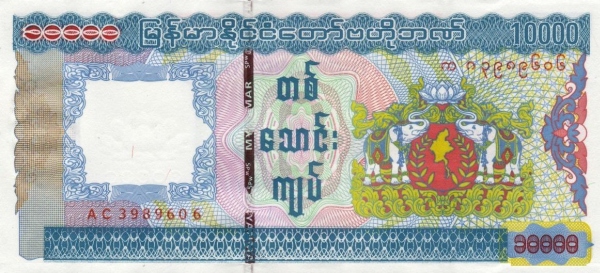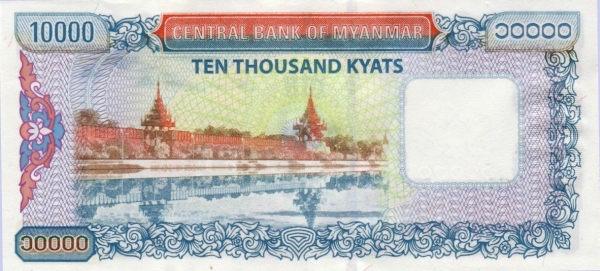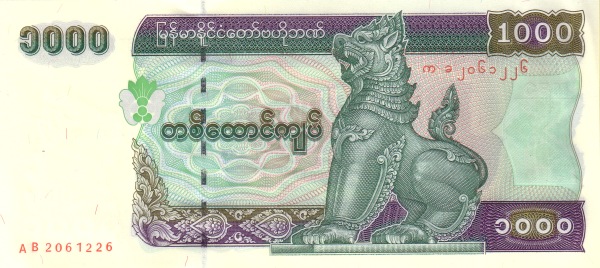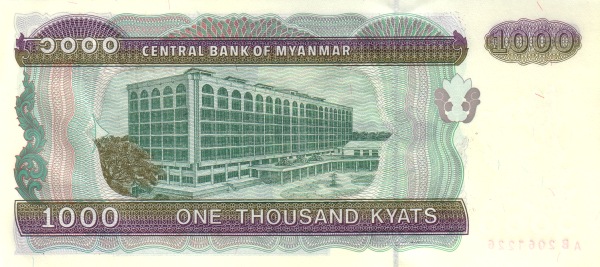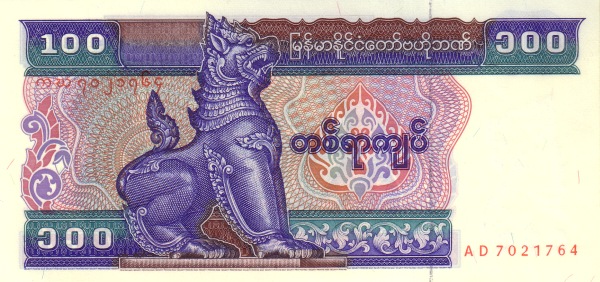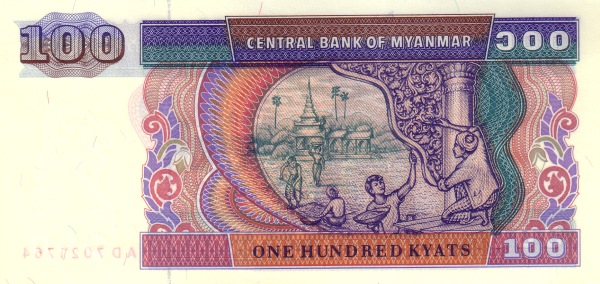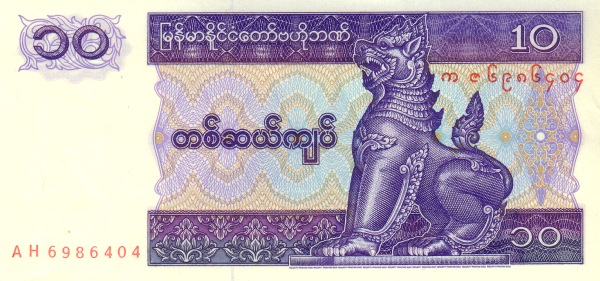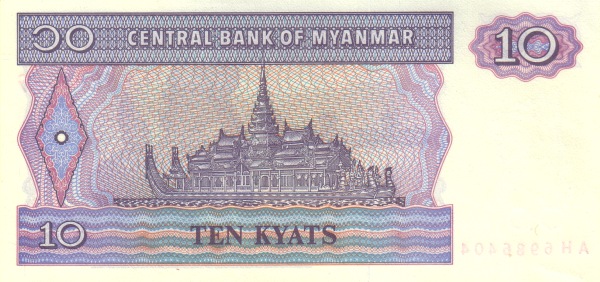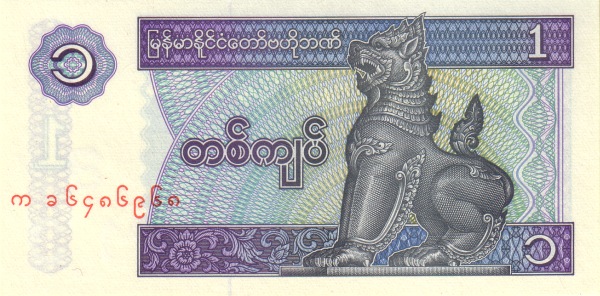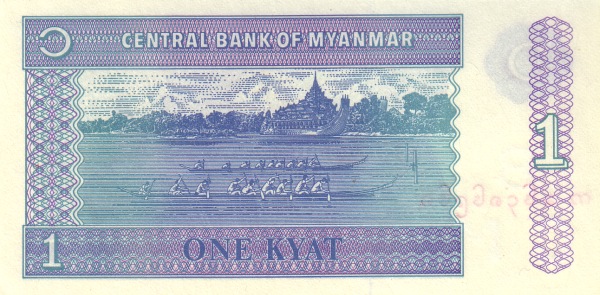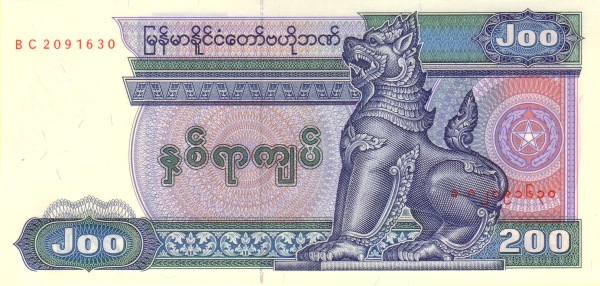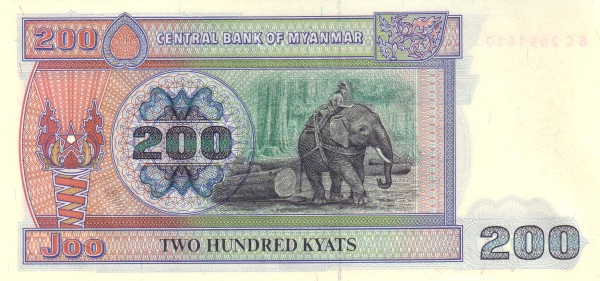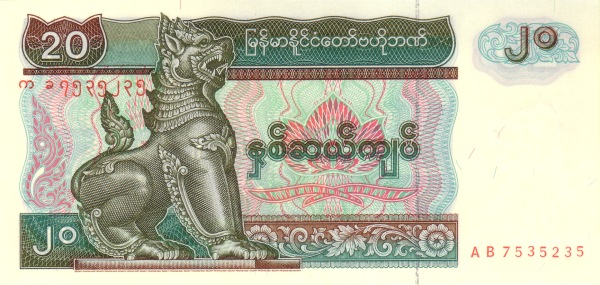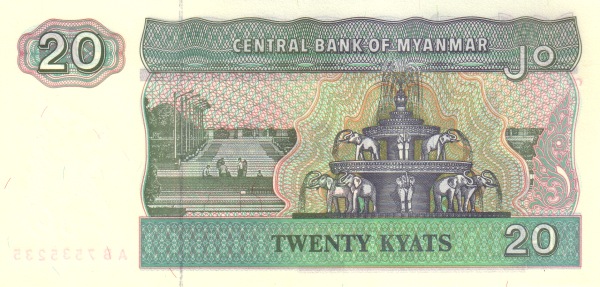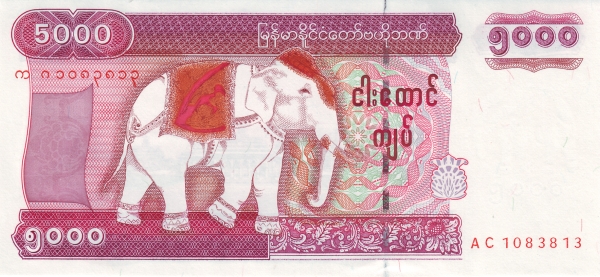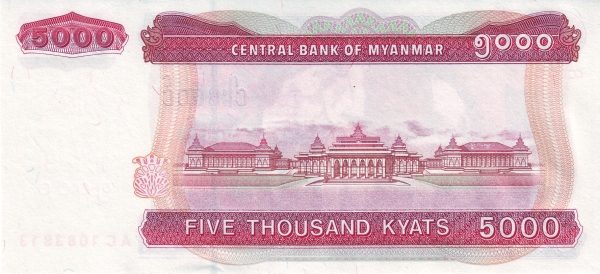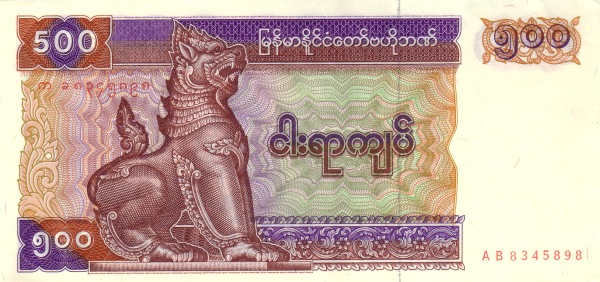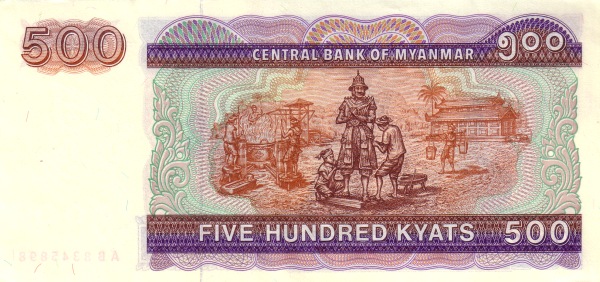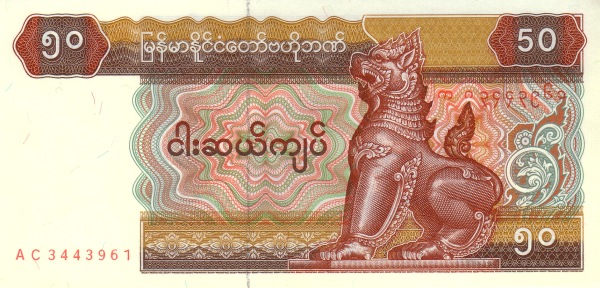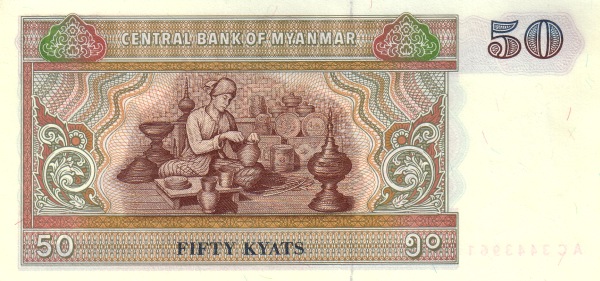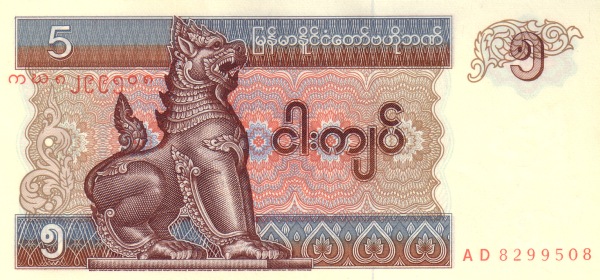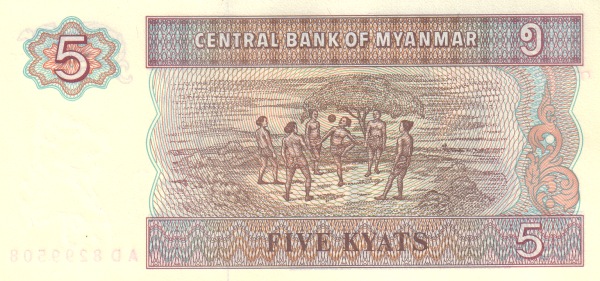Myanmar: An Overview
Myanmar, often referred to as the Golden Land and formerly known as Burma, captivates with its rich history and diverse culture. This Southeast Asian nation boasts a long coastline along the Bay of Bengal, the Gulf of Mottama, and the Andaman Sea, making it a unique destination for travelers. The country's position allows it to share borders with China to the north and northeast, while Laos and Thailand lie to the east. Meanwhile, to the northwest, Myanmar connects with Bangladesh and the Indian states of Nagaland, Manipur, and Mizoram.
Spanning an impressive area of 676,578 km², Myanmar is nearly twice the size of Germany, yet it is slightly smaller than the state of Texas in the United States. The country's population stands at approximately 55 million people, as estimated in 2024. The largest city, Yangon, which also served as the former capital, acts as the economic center of Myanmar. However, since 2005, Naypyidaw has functioned as the country’s new administrative capital, a planned city located in the central part of Myanmar.
Languages and Religions
In Myanmar, the official language is Burmese. Additionally, various regional languages, including Kachin, Kayah, Karen, Chin, Mon, Rakhine, and Shan, are prominently spoken throughout the nation. The primary religions practiced include Buddhism, which constitutes approximately 88% of the population, followed by Christianity at 6%, and Islam at 4%.
Among the languages spoken, Rohingya stands out as the language of the Rohingya people from the Rakhine State. Approximately 1.3 million individuals speak Rohingya, and sadly, the United Nations recognizes the Rohingya as one of the world’s most persecuted minorities. The human rights crisis escalated in 2017, when countless Rohingya fled Myanmar to seek refuge in neighboring Bangladesh, fleeing severe repression and violence.
Geography and Natural Wonders
Geographically, Myanmar presents a stunning landscape. Notably, it is home to Mount Hkakabo Razi, which stands as the highest peak in both Myanmar and Southeast Asia, reaching an elevation of 5,881 m (19,295 ft). This majestic mountain resides in Kachin State, about 110 km (70 mi) north of the city of Putao, near the northern boundary with China. The country’s two main rivers, the Irrawaddy (also known as Ayeyarwady) and the Chindwin—reverently referred to as the ‘Mighty Chindwin’—also weave through this beautiful terrain.
A Rich Historical Background
Diving deeper into Myanmar's history reveals a tapestry woven with moments of triumph and struggle. This vibrant land was once an independent kingdom until the British Empire annexed it into the colony of India in 1886. This occupation introduced significant social, economic, cultural, and administrative changes to what was previously a feudal society.
During World War II, the Japanese Empire invaded and occupied British Burma, with the support of the Burmese Independence Army. In 1942, the Japanese falsely declared the territory as the independent State of Burma. Nevertheless, in 1945, British control returned until the official independence of Myanmar in 1948.
Autocracy and Resistance
The coup on March 2, 1962, led by General Ne Win, marked the beginning of a long period of authoritarian rule in Myanmar. This military takeover established a rigid state-controlled regime, continuing under different military juntas until 2011. As time progressed, notable events unfolded, including the name change from Burma to Myanmar in 1989—a change still disputed by many, including national governments and segments of the population.
The consequential multiparty elections in 1990 saw the principal opposition party winning decisively; however, the military junta refused to relinquish power. Aung San Suu Kyi, an emblem of the pro-democracy movement and a Nobel Peace Prize laureate, endured house arrest from 1989 to 1995 and again experienced further detentions in September 2000. Her supporters often faced harassment, imprisonment, or even death.
Current Political Landscape
In March 2011, the military junta dissolved, ushering in what many hoped would be a new era with a civilian government. The nation adopted a new constitution in 2008, but critics argued it favored military personnel instead of genuine democratic principles. Despite this, the first democratically elected government convened in March 2016. Interestingly, Aung San Suu Kyi, despite her influence and acclaim, remained barred from the presidency due to constitutional restrictions.
However, changes struck again in February 2021 when another coup d'état, led by General Min Aung Hlaing, redefined the political landscape. Following this takeover, the military imposed a state of emergency, suffusing uncertainty throughout the country. Min Aung Hlaing became head of state, forming a State Administrative Council composed of both civilians and military personnel, further entrenching military influence in Myanmar's governance.
A Resilient and Diverse Culture
Besides its complex political scenario, Myanmar is famed for its cultural richness. The nation's traditions, festivals, and culinary delights hugely reflect its ethnic diversity. Enigrained in the fabric of everyday life is the deep-rooted spirituality exhibited by Buddhist practices, significantly shaping social relationships and customs.
Moreover, the culinary landscape of Myanmar presents a delectable assortment of flavors and ingredients. Traditional dishes often include fish, rice, and a variety of vegetables. Burmese cuisine showcases influences from its neighboring countries, crafting unique combinations that delight locals and tourists alike.
Ultimately, Myanmar continues to evolve—reflecting a nation grappling with its past while striving toward a hopeful future filled with potential and resilience.
Largest cities of: Myanmar
| City Name | Population | Year of foundation | |
| Yangon | 5,420,000 | circa 300 B | |
| Naypyidaw | 925,000 | 2005 | |
| Mandalay | 1,300,000 | 1857 | |
| Bago | 400,000 | 573 B | |
| Taunggyi | 400,000 | n/a | |
| Mawlamyine | 400,000 | 1760 | |
| Pathein | 345,000 | 1757 | |
| Sittwe | 200,000 | 1784 |
Myanmar: Money
